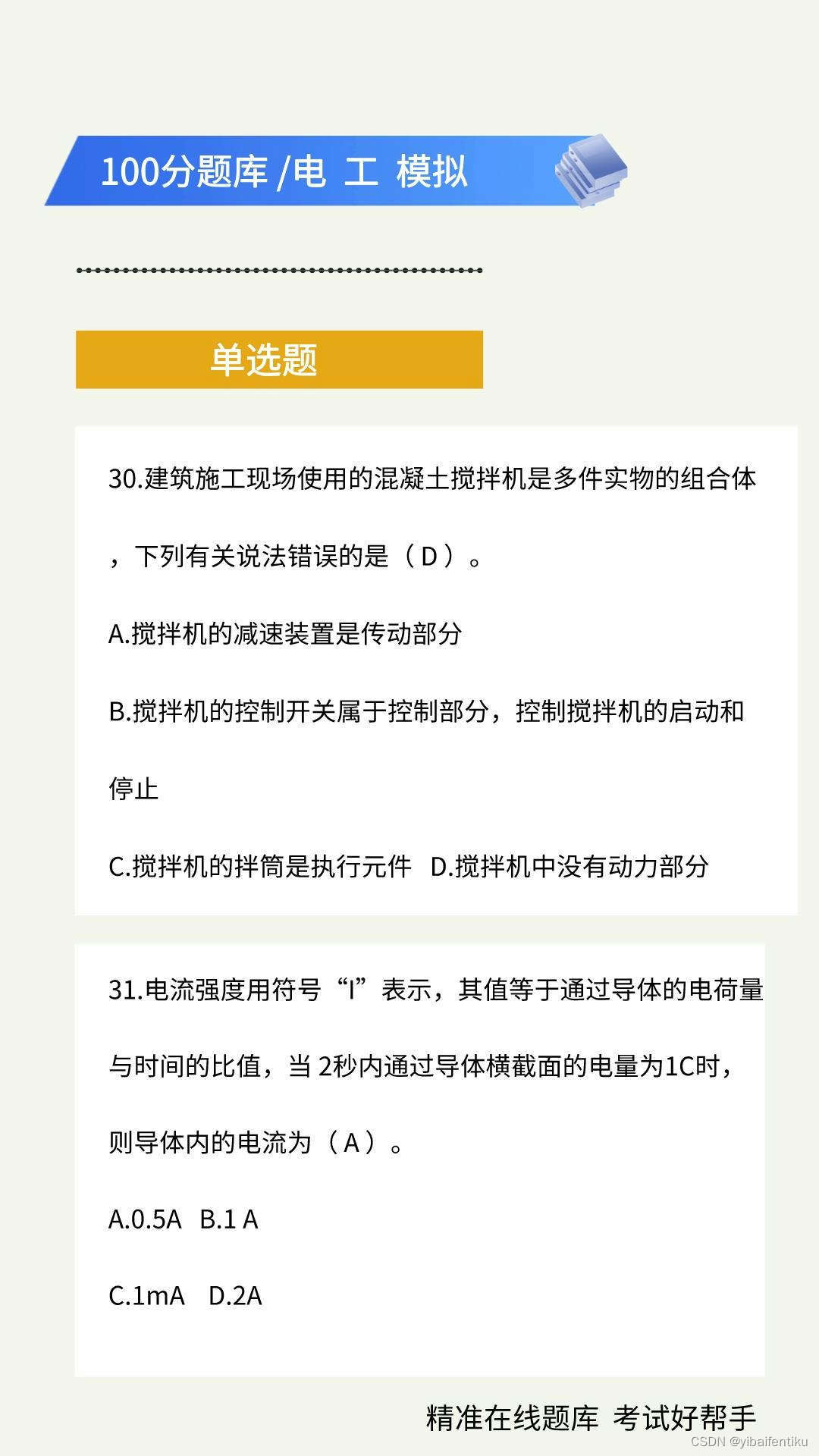题目链接:Dijkstra求最短路 II
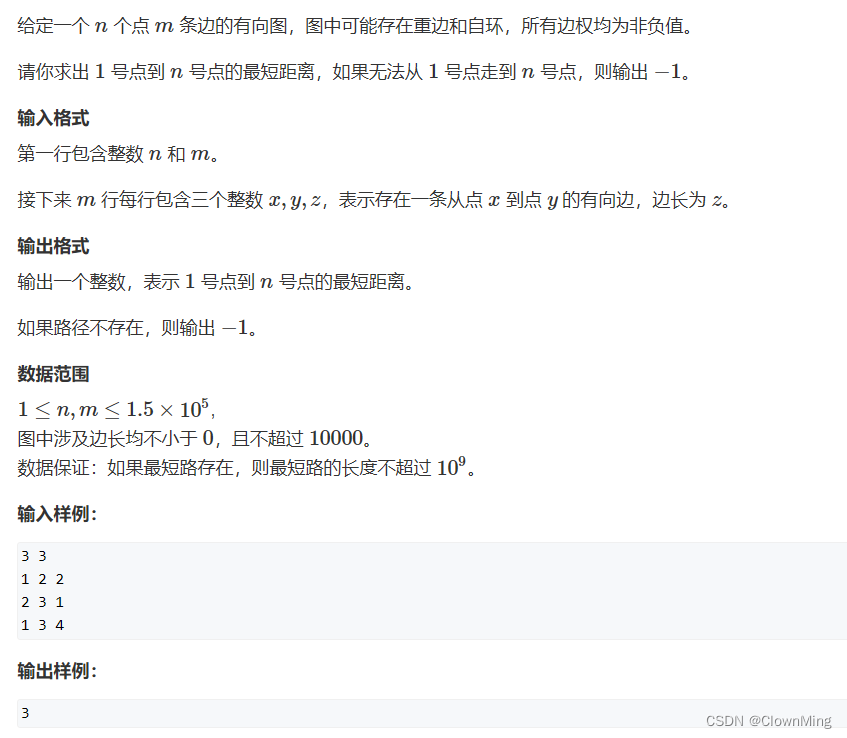
#include <iostream>
#include <cstring>
#include <algorithm>
#include <vector>
#include <queue>
using namespace std;
typedef pair<int, int> PII;
const int N = 150010;
int n, m;
int h[N], w[N], e[N], ne[N], idx;
int dist[N];
bool st[N];
void add(int a, int b, int c)
{
e[idx] = b, w[idx] = c, ne[idx] = h[a], h[a] = idx++;
}
int dijkstra()
{
memset(dist, 0x3f, sizeof dist);
dist[1] = 0;
priority_queue<PII, vector<PII>, greater<PII>> heap;
// {0, 1} 距离为0 编号为1
heap.push({0, 1});
while(heap.size())
{
// 小根堆的堆顶元素就是最小元素(根据距离排列)
auto t = heap.top();
heap.pop();
int distance = t.first, ver = t.second;
if(!st[ver])
{
st[ver] = true;
// 更新其他点
for(int i = h[ver]; i != -1; i = ne[i])
{
int j = e[i];
if(dist[j] > distance + w[i])
{
dist[j] = distance + w[i];
heap.push({dist[j], j});
}
}
}
}
if(dist[n] == 0x3f3f3f3f) return -1;
return dist[n];
}
int main()
{
cin >> n >> m;
memset(h, -1, sizeof h);
for(int i = 0; i < m; i ++)
{
int a, b, c;
cin >> a >> b >>c;
add(a, b, c);
}
cout << dijkstra() << endl;
return 0;
}
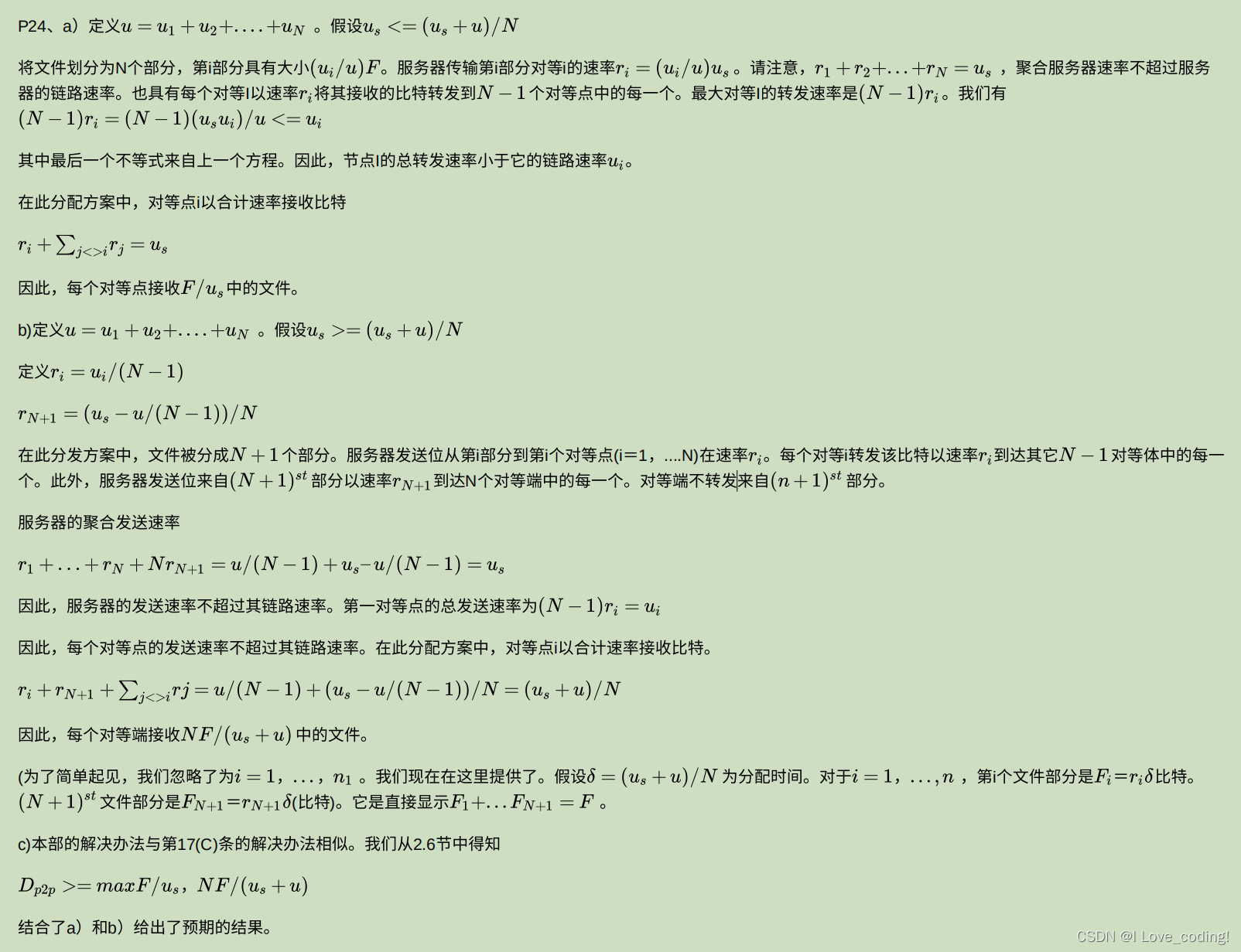

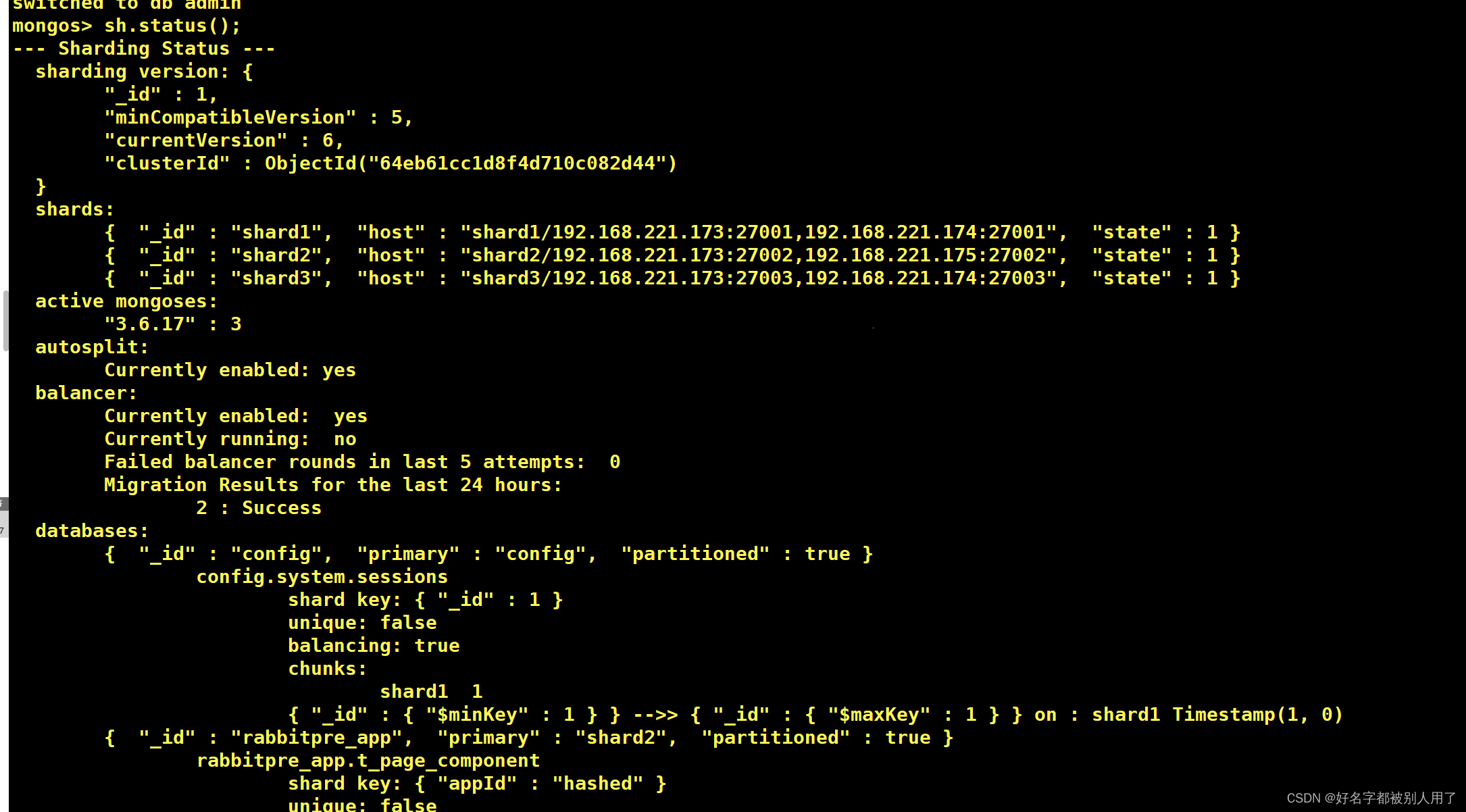

![[C++]构造与毁灭:深入探讨C++中四种构造函数与析构函数](https://img-blog.csdnimg.cn/84720e16fdaf417aa90d69b72b603adc.png)







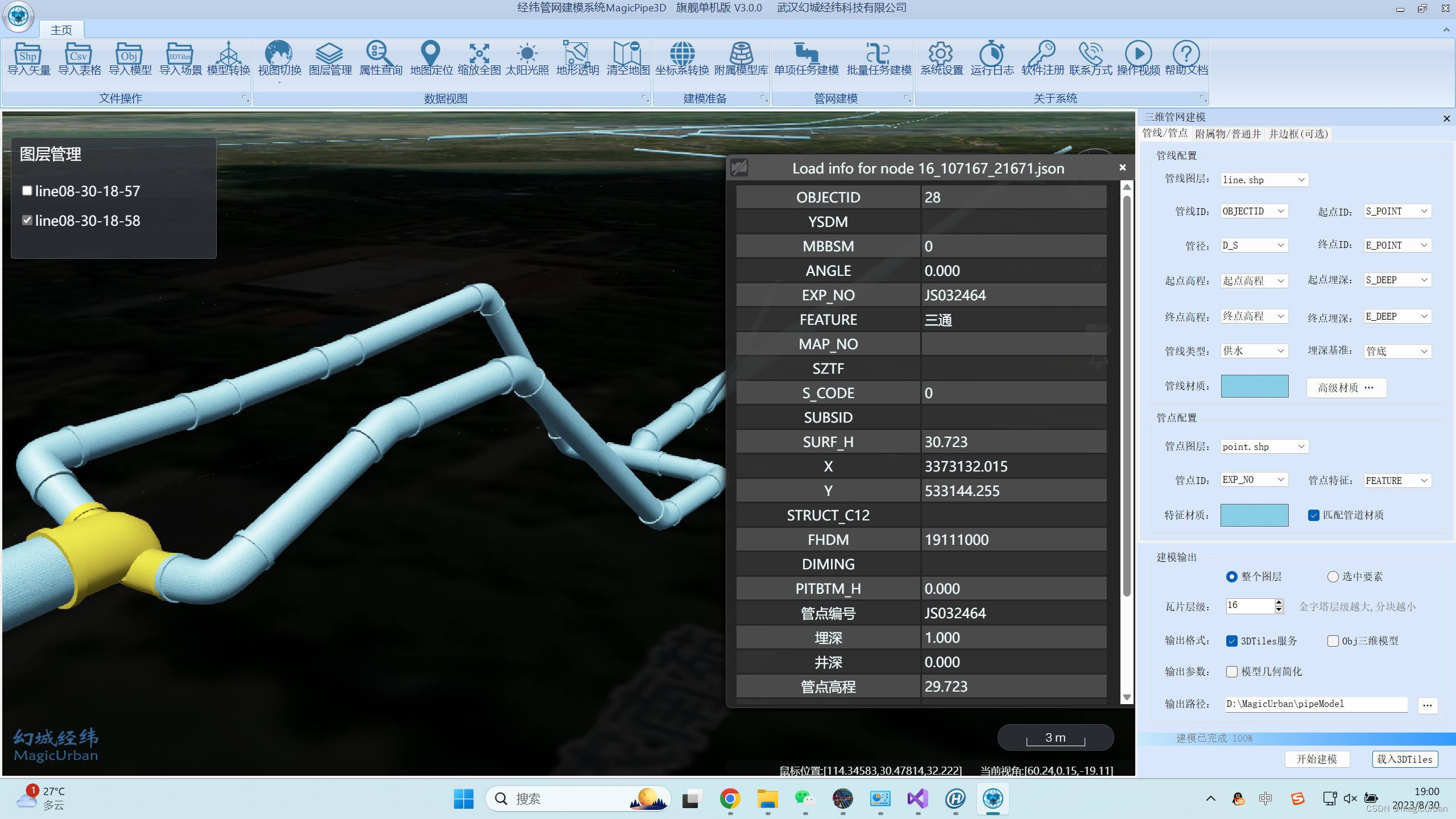
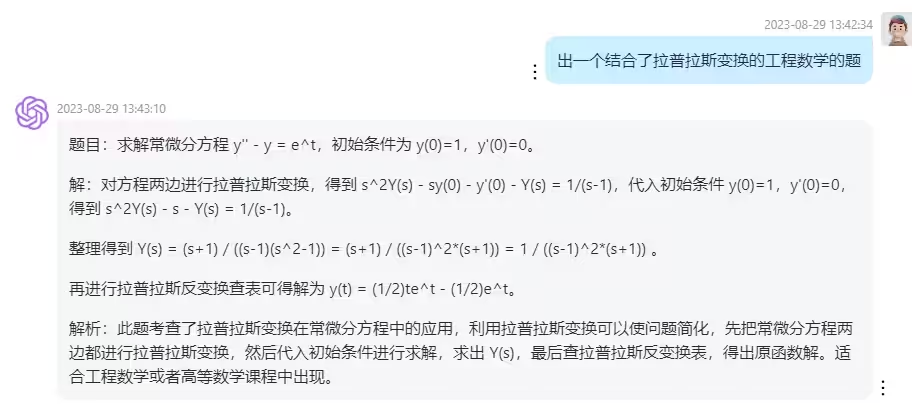
![[javaWeb]Socket网络编程](https://img-blog.csdnimg.cn/img_convert/2f74dff621282530ca34b5728f9dc647.png)



